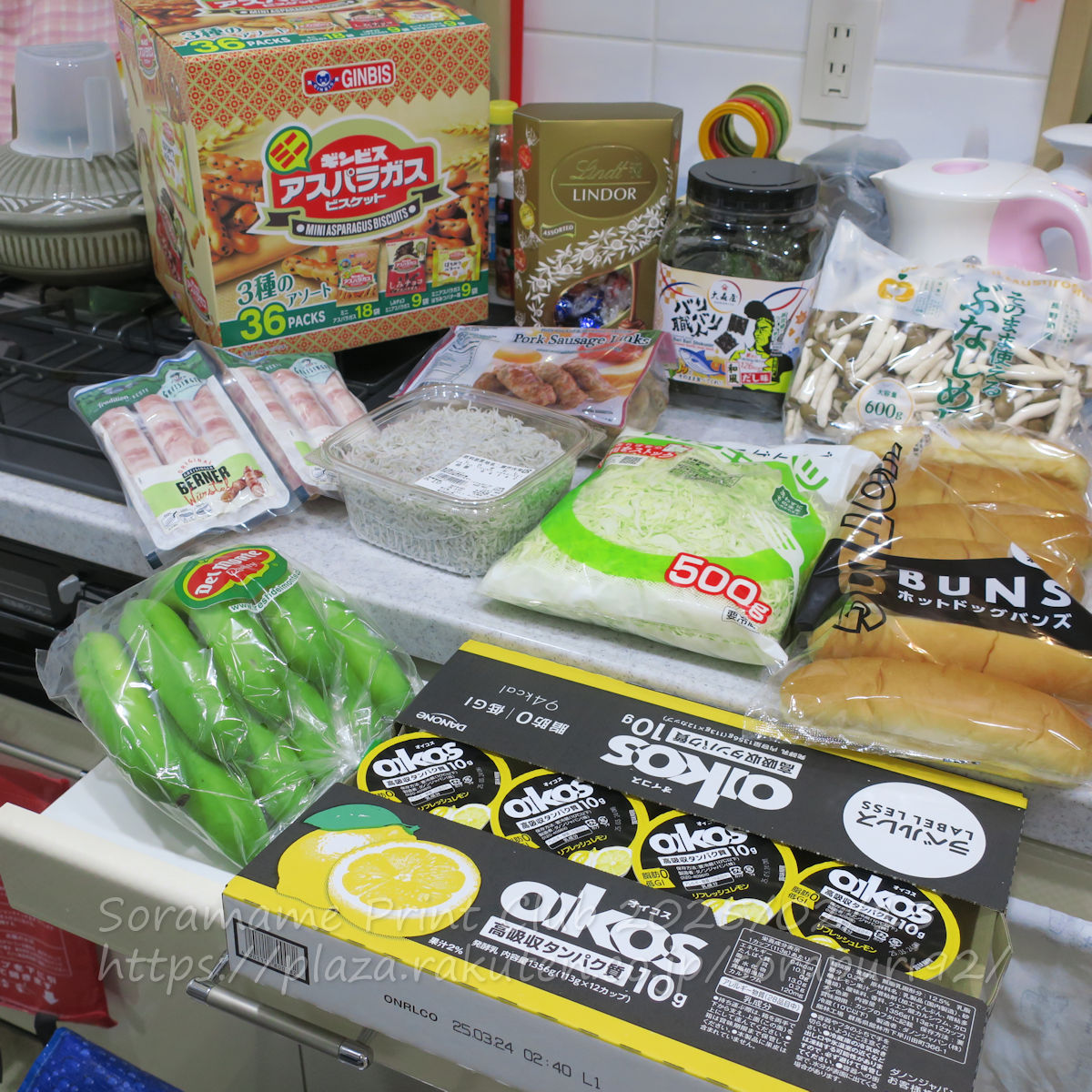学会発表に適したハンドアウトの作り方。
handouts without an inch and a half of lost space at the bottom. First two
pieces of advice for giving presentations:
(1) Never apologize (especially not at the beginning of a
presentation).
-- It sets the wrong tone for your talk and is more likely to make
your audience disregard you as amateurish than to elicit tender sympathy.
(2) Don‘t try to cover too much material. -- You should strive for
clarity not quantity and should cover at most two (maybe three) main
points. Your audience will attend as many as 12 talks the day that
they see yours. You want them to remember your main point and argument
the next day.
Jason Riggle's theory of optimal handouts:
It can be tempting to try to impress your audience with the fact
that you have nailed down every little detail of an analysis or to try to
include a counterexample for every plausible alternative hypothesis
or to make the handout a stand-alone document that contains your entire
analysis. These are all mistakes. If you have all this worked out it
should be in a paper on your web page and you should put a link to
the paper on the handout. First and foremost, the handout is a visual
aid for your talk that should help you get your audience excited enough
about your work to go read the paper, invite you out for a
colloquium/job talk, or give you a job. I personally think that you
should never plan on skipping material on the handout. Even skipped data
that merely fill out a paradigm you are discussing invite your audience
to stop paying attention to you and to start reading the skipped
material. You should also never run out of time during a talk (or
run short by more than 30 seconds). This is easy to avoid if you plan on
covering the right amount of material and practice giving your talk
while watching timer ? a small timer that counts down to zero is
ideal for this purpose. I think that one sheet of paper printed 2-up and
double sided is ideal for a 20 minute talk but if you have graphs,
trees, maps, or other such things you might need a little more
space. In my opinion you should never exceed six pages for a 20 minute talk
because if you do then you are either talking too fast or skipping
too much material. If you decide to use six pages you can do it on two
pieces of paper printed 2-up and double sided with the back of the
second sheet (pages 7 and 8) devoted to references and an appendix.
To keep your 2-up pages from being illegible follow these instructions:
*Printing 2-up in MS word* -
Click on [File] and then select [Page Setup] in the drop-down menu.
Click on the [Margins] tab and set the Top, Bottom, Left, and Right
margins to 0.5 inches
Click on the [Paper] tab and change the width and height of the
paper to
7.5” and 11.5”.
When you print the paper (i.e. click on [File] and select [Print])
the
lower right corner of the print menu has a field called 想oom’. In
this
field are two boxes one labeled images per sheet” and the other
labeled
scale to paper size” - set the former to [2 pages] and the latter
to
[letter].
Under these settings 12 point fonts are legible and you have the
same
6.5” wide column for your content on each page that you have on
letter
paper with 1” margins. Each page has 10.5 inches of vertical space
for
you content which is 1.5” more than you get on letter paper with 1
”
margins. The net result is that you get an extra 2/3 of a page of
content in a 4-page handout (which should just be enough space for
selected references and web links to appendices and or the full
paper).
You play around with the paper size and margins to suit your needs
but
these settings are a pretty good place to start. Good luck with your
presentations, and have a nice winter break.
© Rakuten Group, Inc.






